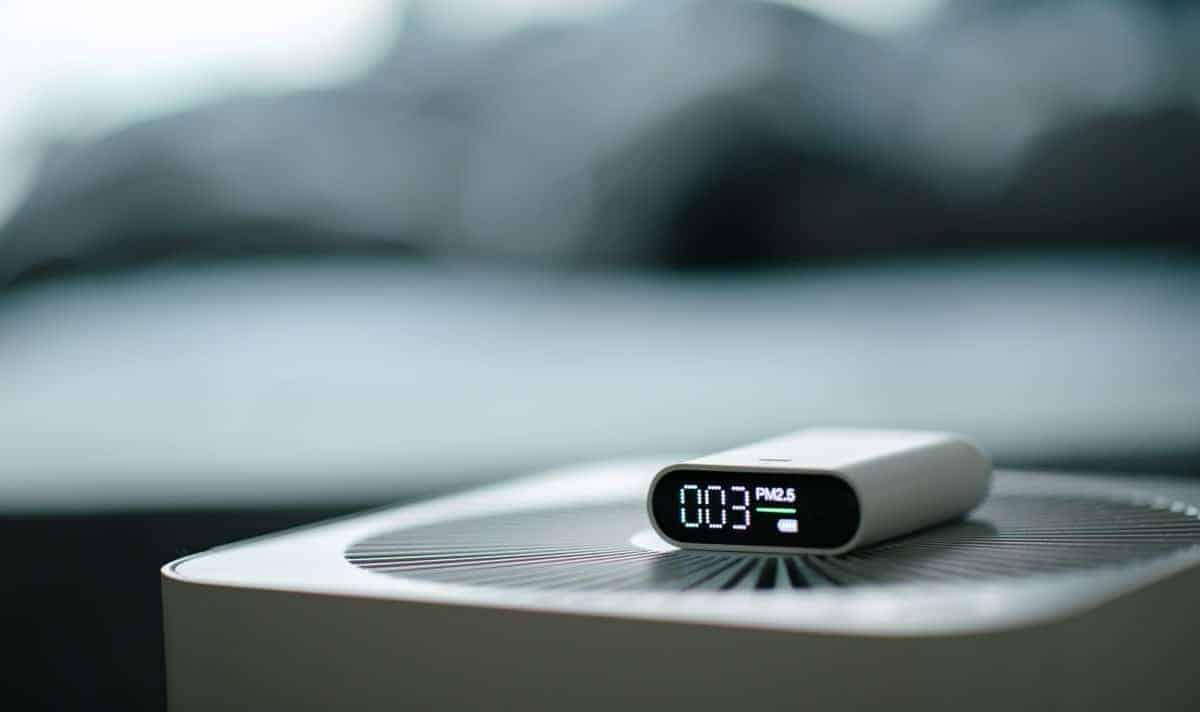10 Tips to Improve your Home’s Air Quality
Up to 12 months, no interest*
Do you need a free in-home
evaluation?
evaluation?
10 Tips to Improve your Home’s Air Quality

As published on La Presse Plus
Did you know that the air you breathe inside your home can contain pollutants that can affect your health? Find out how to improve and maintain cleaner air at home.
- VENTILATE REGULARLY
Try to renew the air in your home regularly to avoid the build-up of pollutants. To do so, open the windows every day, even in winter, for ten minutes and, if possible, do it early in the morning or late at night when the contaminants are at their lowest. Try to also remember to use the bathroom fans and range hood frequently to ensure sufficient air movement. - LIMIT THE HUMIDITY LEVEL
Maintaining a proper humidity level in your home is important. Moisture promotes growth of dust mites, mold and bacteria. Your home’s humidity level should ideally be between 30% and 50%. In order to maintain a proper humidity level, you can turn on the fans in the kitchen and bathrooms, use a dehumidifier or an air conditioner in summer and avoid hanging laundry inside the house, among other things. Buying a hygrometer can help you monitor the humidity level in your home. - FILTER INDOOR AIR
LFiltering the air can reduce the presence of some indoor pollutants. Using a quality air purifier – with a high efficiency particulate air filter (HEPA filter) can help reduce the presence of several contaminants. However, to maintain air purifier’s effectiveness, you should replace the filters every three to six months, depending on usage. Also remember to clean your ventilation devices regularly. - PROHIBIT CIGARETTES
Tobacco smoke is one of the most harmful and common indoor air pollutants, as it contains more than 400 chemical contaminants. In the short term, it can increase the risk of asthma attacks, respiratory infections and ear infections in children. In the long term, it can lead to cardiovascular disease and cancer. Therefore, prohibit all tobacco products in your home. - CHECK YOUR COMBUSTION APPLIANCES
Make sure your combustion appliances – gas or wood stove, gas water heater, gas stove, etc. – are well maintained and operate according to the manufacturer’s instructions. If possible, have a qualified professional inspect them annually. - KEEP YOUR HOUSE CLEAN
Regularly cleaning your home can help improve indoor air quality. To reduce the presence of dust and pet dander, vacuum regularly – the latter may be equipped with a HEPA filter, which traps small particles in the air. Dust often with a damp cloth and clean floors with a mop. Ideally, use natural household cleaning products. Try to also limit the number of objects on which pollutants can accumulate. - AVOID STORING CHEMICALS
Many household chemicals – such as paints, solvents, varnishes and pesticides – release substances harmful to your health, such as volatile organic compounds (VOCs), which can be irritating or even potentially carcinogenic. Avoid accumulating them in the house. If this is not possible, store them in as airtight a container as possible. - QUICKLY CLEAN ANY MOLD
When growing indoors, mold – which is actually a composition of microscopic fungi – can release spores and toxins, some of which can be harmful to your health. They can cause breathing difficulties, headaches and asthma attacks, among other things. To clean mold, use a mild, fragrance-free detergent. - LIMIT ROOM ODOURIZERS
Avoid using scented candles, plug-in diffusers, “fragrance” sprays, or other deodorizing products, which only serve to mask odors rather than eliminate them. Plus, they add pollutants to the air you breathe. Some of them can even emit VOCs that are harmful to your health. - CHECK FOR THE PRESENCE OF RADON
Odorless and colorless, radon is a radioactive gas present in the soil that can enter your home without your knowledge. Since exposure to this gas is the second leading cause of lung cancer after smoking, Health Canada recommends testing for radon in every home. You can measure the concentration yourself using a dosimeter or by using the services of a specialized firm. If your home tests positive, find out about the various ways to correct the situation.
EXCLUSIVE FINANCING
Up to 12 months, no interest*
Learn More
PROMOTION
Discover our current promotions
Learn More
REQUEST A QUOTE
Contact us for an at-home quote*
Learn More



